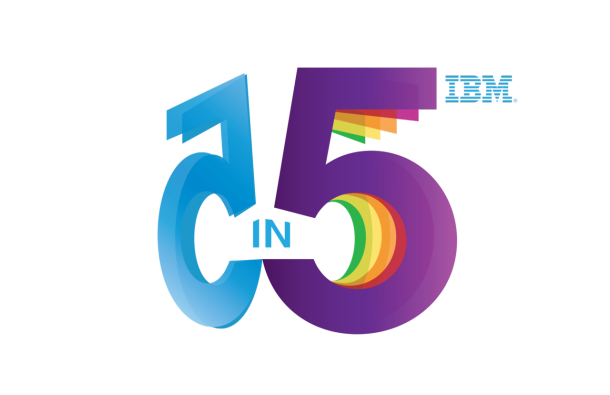
IBM’s research arm thinks it sees the future, and smells it, and hears, and tastes it…
For the past several years, IBM’s research arm has been making predictions about emerging technologies that will change our lives over the next five years. Dubbed "5 in 5," the annual year-end list has already accurately predicted the rise of now-familiar cultural touchstones like Siri, as well as our reliance on smartphones for everything, and real-time speech translation.
This year, IBM has taken a more in-your-face approach to predicting the future of innovation, by specifically focusing on, well, the face and the five senses that make their home there (and yes, hands and everywhere else in the case of touch).
IBM thinks that by the time our 45th president is in office in 2017, we’ll be able to touch things and feel their virtual surfaces through our devices; get diet help from digital taste buds; give our computers their own sense of smell; and get new help in the sight and hearing departments as well. Collectively, IBM calls it cognitive computing.
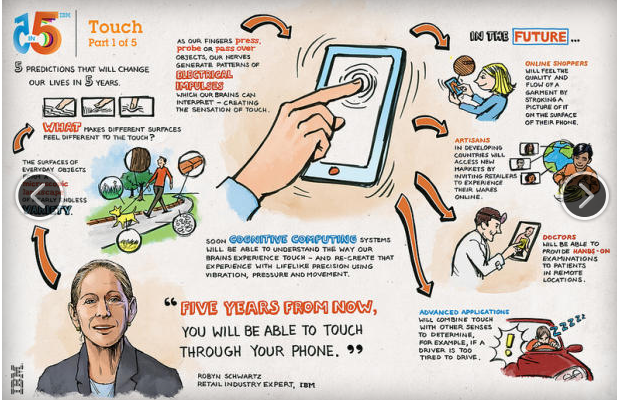
Touch: You will be able to touch through your phone
Infrared and haptic technologies will enable a smart phone’s touchscreen technology and vibration capabilities to simulate the physical sensation of touching something.
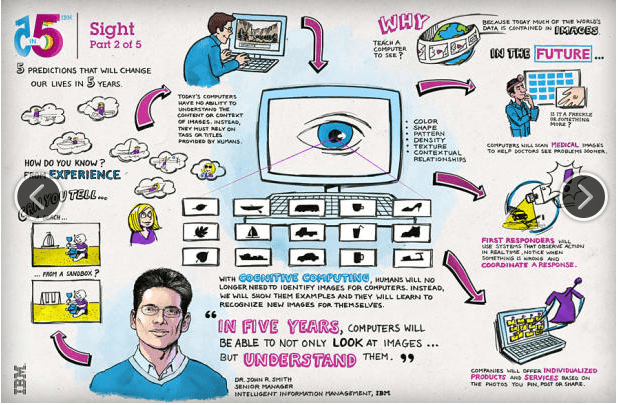
Sight: A pixel will be worth a thousand words
a system could gather information and detect anomalies specific to the task—such as spotting a tiny area of diseased tissue in an MRI and applying it to the patient’s medical history
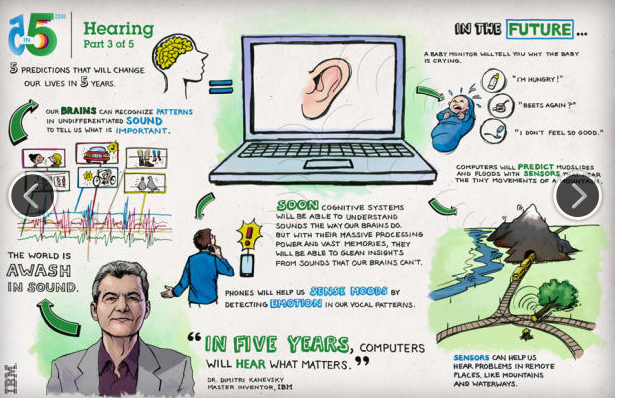
Hearing: Computers will hear what matters
Sensors that pick up sound patterns and frequency changes will be able to predict weakness in a bridge before it buckles, the deeper meaning of your baby’s cry or, yes, a tree breaking down internally before it falls.
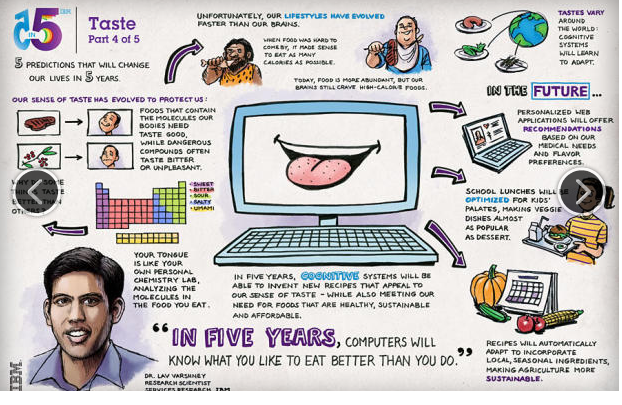
Taste: Digital taste buds will help you eat smarter
In the works: a way to compute "perfect" meals using an algorithmic recipe of favorite flavors and optimal nutrition.
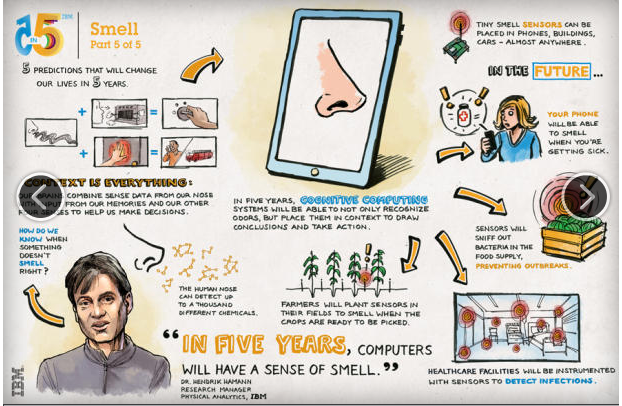
Smell – Health insidht – food smell ec.



